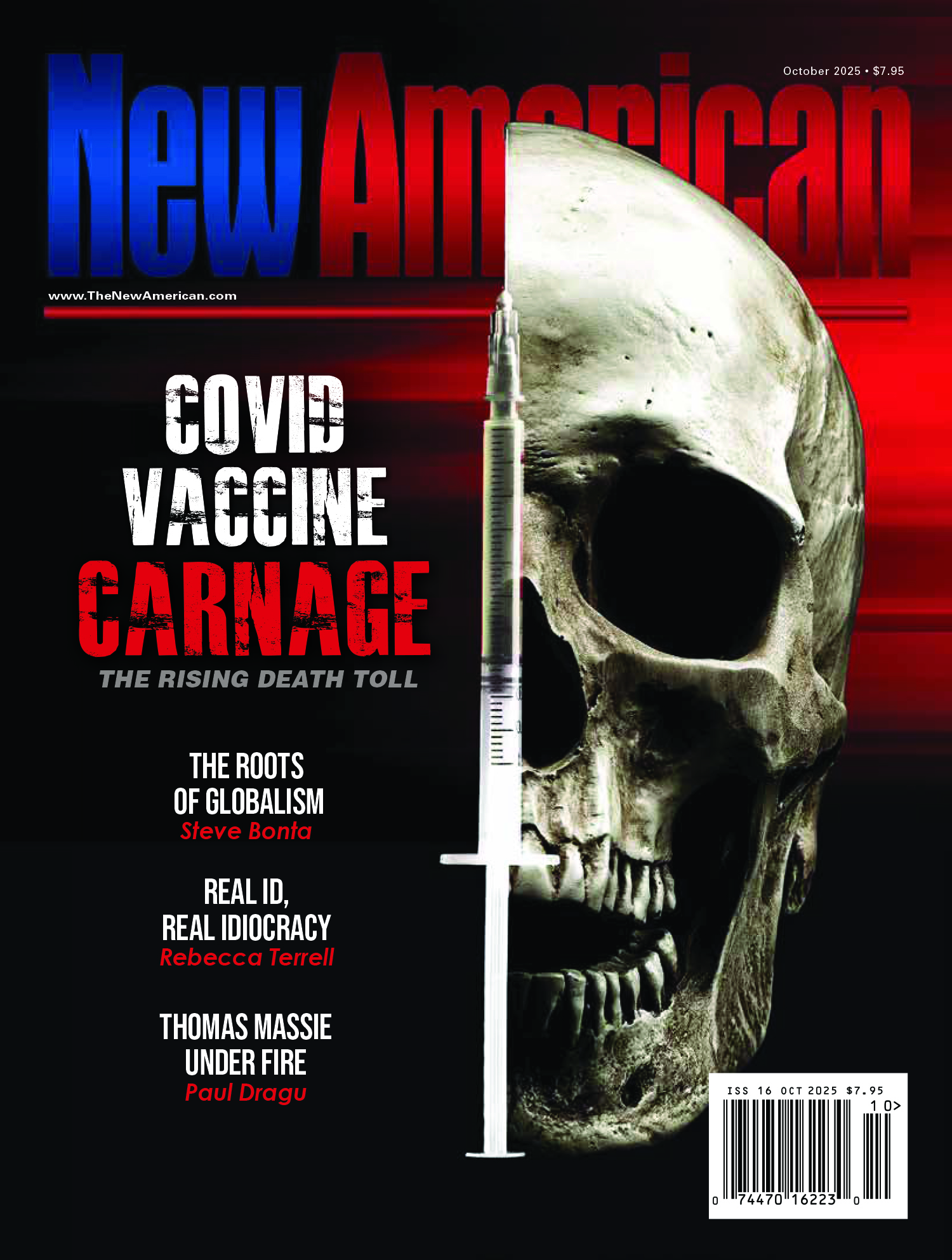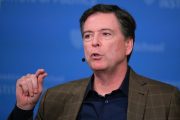The most recent in a series of surveys of American Religious Identification conducted by Trinity College reveals that the number of Americans with no religious identification continues to climb.
The USA Today reports:
Americans who don’t identify with any religion are now 15% of the USA, but trends in a new study shows they could one day surpass the nation’s largest denominations — including Catholics, now 24% of the nation.
American Nones: Profile of the No Religion Population, to be released today by Trinity College, finds this faith-free group already includes nearly 19% of U.S. men and 12% of women. Of these, 35% say they were Catholic at age 12.
Not surprisingly, the disproportionate defection of American Catholics to the category of “Nones” was particularly highlighted by the Catholic News Agency:
About half came from a family where both parents identified with the same religion, while 17 percent came from a family where neither parent did so. Only 32 percent of current Nones said they had no religion at age 12, meaning that about two-thirds were raised with a religion.
Around 24 percent of Nones identified as Catholic at age 12, compared to 26 percent of the general population, the report says. However, former Catholics make up 35 percent of new Nones, the largest single group.
Previous surveys of American Religious Identification were conducted in 1990 and 2001. The sample size (54,461 respondents in the latest survey) provides a much more statistically significant data than is utilized in most polls. But the simple truth is that the accuracy of the survey could easily be verified by a visit to almost any church in America on a Sunday morning. In most circumstances, Christians are conscious every week of the decline in religious identification. As the decision to “stay home” on Sunday carries less and less social stigma, fewer people feel any social pressure to go through the motions of attending church services.
The growth of impersonal, often entertainment-oriented mega-churches are actually a sign of the sickness of churches in America, not a sign of renewed vitality — let alone a model for future growth. The lack of spiritual accountability taken for granted in such mass assemblies, as well as the lack of depth of the teaching (and the inability of those who attend such churches to recognize the vacuity of what is being served up on Sundays) and the “consumer” orientation of every decision from style of service to the structure of the facilities to the non-worship programs offered by mega-churches make it clear that many of the concerns driving such assemblies are far removed from those of historic Christianity.
It is not that Americans are suddenly becoming atheists; rather, the percentage of atheists among the “Nones” has remained essentially constant. Rather, in the words of lead researcher Barry Kosmin, “They’re a stew of agnostics, deists and rationalists. They sound more like Thomas Jefferson and Tom Paine. Their very interesting enlightenment approach is like the Founding Fathers’ kind: Skeptical about organized religion and clerics while still holding to an idea of God.” Of course, it could be observed that the abysmal lack of morals taken for granted in modern society would have made an “Enlightenment”-era deist blush.
One slightly less bleak fact revealed by the study is that “the 1990s was the decade when the ‘secular boom’ occurred — each year 1.3 million more adult Americans joined the ranks of the Nones. Since 2001 the annual increase has halved to 660,000 a year.” One would like to think that the events of recent years might have cooled the allure of the altar of Mammon to some degree, but researchers have been fooled before in this regard, as anyone who remembers the boomlet of religious observance post-9/11 can easily attest.
The fundamental problem of religious identification is that post-modern Americans have a very shallow understanding of the significance of mutually exclusive-truth claims and thus make up their own choplogic religious views and affirm that it is their sovereign right to assent to the Humpty Dumpty hermeneutic set forth in Lewis Carroll’s Through the Looking Glass:
“When I use a word,” Humpty Dumpty said in rather a scornful tone, “it means just what I choose it to mean — neither more nor less.”
“The question is,” said Alice, “whether you can make words mean so many different things.”
“The question is,” said Humpty Dumpty, “which is to be master — that’s all.”
Affirming their mastery, the growing ranks of the Nones have decided to find their own path — a path that usually leads to the pool of Narcissus.




